






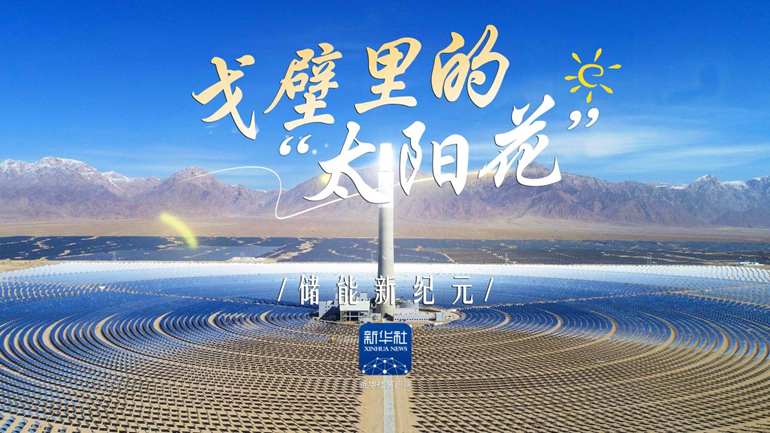
When the first flame of human civilization was lit in ancient caves, the pursuit of energy was etched into the very DNA of civilization.
The Xinhua News Agency client has launched a heavyweight series of dialogue programs titled "New Era of Energy Storage", focusing the lens on the new answers to humanity's energy utilization. This is not only a visual record of technological popularization but also an epochal narrative about China's energy transition. Using "energy" as our brush and "source" as our canvas, we sketch out the magnificent journey of solar thermal energy storage technology from the laboratory to large-scale application.
Driven by the dual goals of global "carbon peak and carbon neutrality" and the transformation of energy structure, the inherent intermittency, volatility, and randomness of new energy sources have become barriers standing in the way of a green future. Although clean energy sources such as wind and PV have achieved large-scale development, their "weather-dependent" nature makes it difficult to meet people's demand for stable and reliable electricity supply, let alone support the safe and stable operation of the power grid. When night falls or the wind stops abruptly, the filling of power gaps still mainly relies on traditional thermal power, which sharply contradicts the ultimate goal of "carbon neutrality".
The power grid has put forward new demands for flexible resources. Energy storage is emerging as a key element in facilitating the transition from traditional to new-type power systems, characterized by "source-grid-load-storage".
New-type energy storage technologies are diverse, flexible in layout, and multifunctional. They can be applied in combinations of two or more technologies, or embedded into the power supply, grid, and electricity consumption systems of energy and power work for coupled applications. They are the key technologies for breaking through the "impossible trinity" of energy security, greenness, and economy. Solar thermal power generation is a typical coupled energy storage technology, providing an effective path to solve the problem of randomness, volatility, and intermittency in solar power generation, which is highly dependent on weather conditions.
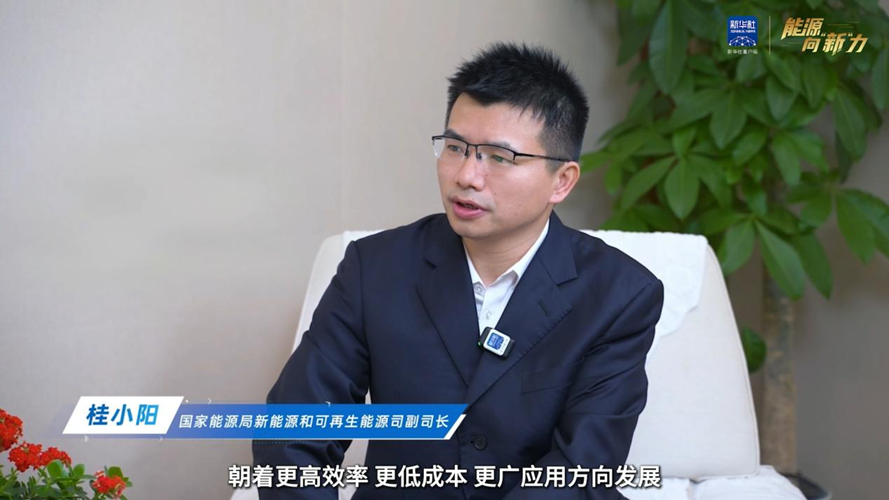
Gui Xiaoyang, Deputy Director of the New Energy and Renewable Energy Department of the National Energy Administration, stated that China's solar thermal power generation industry started relatively late, but under the guidance and support of national policies, it has achieved a leap from "nothing to something".
Since the "12th Five-Year Plan", the country has begun to promote solar thermal power generation projects. In 2016, the National Energy Administration issued the "Notice on the Construction of Solar Thermal Power Generation Demonstration Projects", officially launching the construction of the first batch of 20 demonstration projects, accompanied by competitive on-grid tariffs. This has played a significant role in promoting the engineering application of solar thermal power generation in China.
Entering the "14th Five-Year Plan" period, the country has successively issued documents such as the "Notice on Improving the Price Policy for Solar Thermal Power Generation" and the "Notice on Promoting the Large-Scale Development of Solar Thermal Power Generation", and has encouraged the inclusion of a certain proportion of solar thermal power generation projects in large-scale wind and solar power bases, effectively promoting industrial breakthroughs and large-scale development.
Qinghai has become the core stage for the demonstration of the industrialisation of solar thermal power generation technology, leveraging its "inherent advantages + strategic planning."
As China's "solar thermal capital," Delingha boasts abundant sunshine averaging 3,200 hours annually and vast Gobi deserts, providing a natural hotbed for solar thermal power stations.
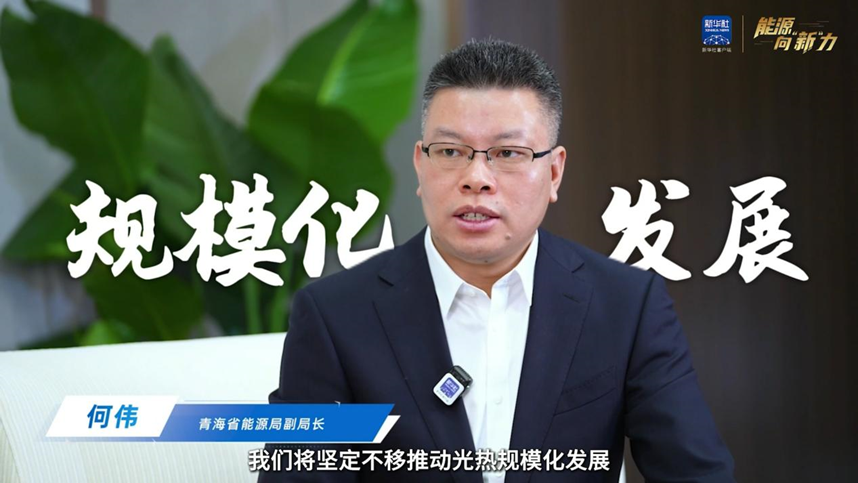
He Wei, Deputy Director of the Qinghai Provincial Energy Administration, introduced that during the "13th Five-Year Plan" period, Qinghai Province was the first to promote and complete the construction of four national solar thermal power generation projects. Through continuous innovation, iteration, and optimization of operational strategies, the project operational level ranks among the top in the country.
These four projects have provided a basis for the long-term development of solar thermal power generation. Since their operation, they have demonstrated: firstly, stable operation with a continuous increase in annual power generation; secondly, mature technology that has improved power generation efficiency; and thirdly, integrated development that has created a new mutually beneficial and win-win business model.
Benefiting from the driving effect of the first batch of demonstration projects, by the end of 2024, China has completed and connected to the grid a total of 19 solar thermal projects, with a total installed capacity of 838.2 megawatts (MW), ranking among the top in the world. The construction and operation of China's solar thermal power generation demonstration projects have made significant contributions to technology verification, experience accumulation, and cost reduction.
The 50MW molten salt tower solar thermal power generation project in Delingha, Qinghai, has achieved a high level of localisation in its core equipment and excellent operational performance, making it the world's first tower molten salt solar thermal power station with power generation exceeding the designed value.
"The high-level operation of the pilot project holds significant guiding significance for Qinghai to achieve large-scale development of new energy and build a new-type power system dominated by new energy," emphasized He Wei.
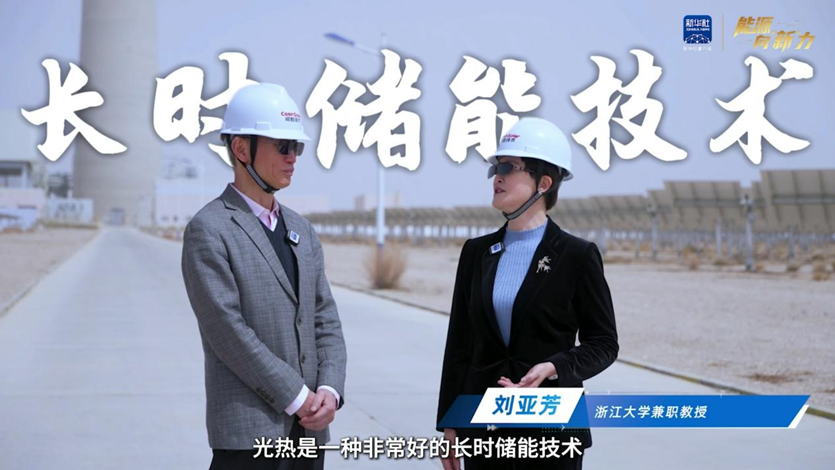
Liu Yafang, a part-time professor at Zhejiang University, proposed the concepts of composite energy storage and coupled energy storage. She believes that energy storage technology needs to be deeply coupled with power supply, power grid, or electricity consumption systems to achieve functional complementarity. For example, thermal energy storage in solar thermal power generation systems can optimize the operation of highly fluctuating solar power generation, making it as convenient for power dispatching as thermal power generation, thus opening up new application scenarios for energy storage technology. She pointed out that the application of composite and coupled energy storage helps meet the complex and diverse needs of the power system.
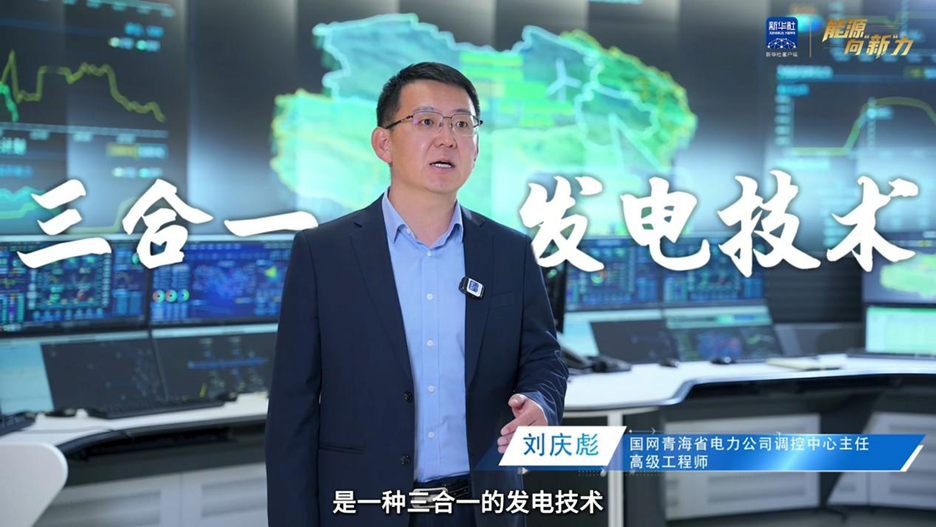
Liu Qingbiao, a senior engineer and Director of the Dispatching and Control Center of State Grid Qinghai Electric Power Company, introduced that solar thermal power generation technology is a "three-in-one" power generation technology that integrates new energy power generation technology, traditional thermal power generation technology, and heat storage energy storage technology, serving as a triple role.
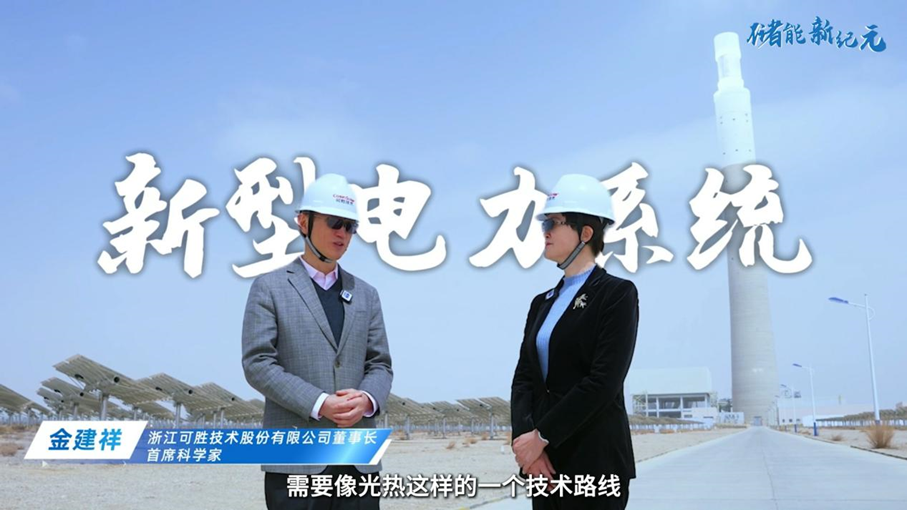
Jin Jianxiang, Chairman and Chief Scientist of Zhejiang Kesheng Technology Co., Ltd., introduced that solar thermal power generation, with its built-in energy storage function, combines low-carbon attributes with grid-friendliness, making it a comprehensive new energy technology route that meets the needs of the new-type power system and has significant market value for achieving "carbon neutrality."He mentioned that Delingha, known as the "Capital of Solar Thermal Power in China," boasts a natural environment highly suitable for the development of solar thermal power generation. Qinghai Supcon Delingha 50 MW solar thermal power station, one of the country's first batch of demonstration projects, has achieved and exceeded its designed power generation values for the past three consecutive years. These power stations employ synchronous generators, which are beneficial for the stability of the power grid's frequency and voltage, supporting the transmission of more wind and solar power. Long duration energy storage (LDES) can also alleviate peak electricity demand pressures. Compared to single energy storage technologies, solar thermal coupled energy storage systems demonstrate more significant cost advantages in large-scale applications. Therefore, the future new-type power system requires technological approaches like solar thermal power to provide crucial support for the transformation of the energy structure.
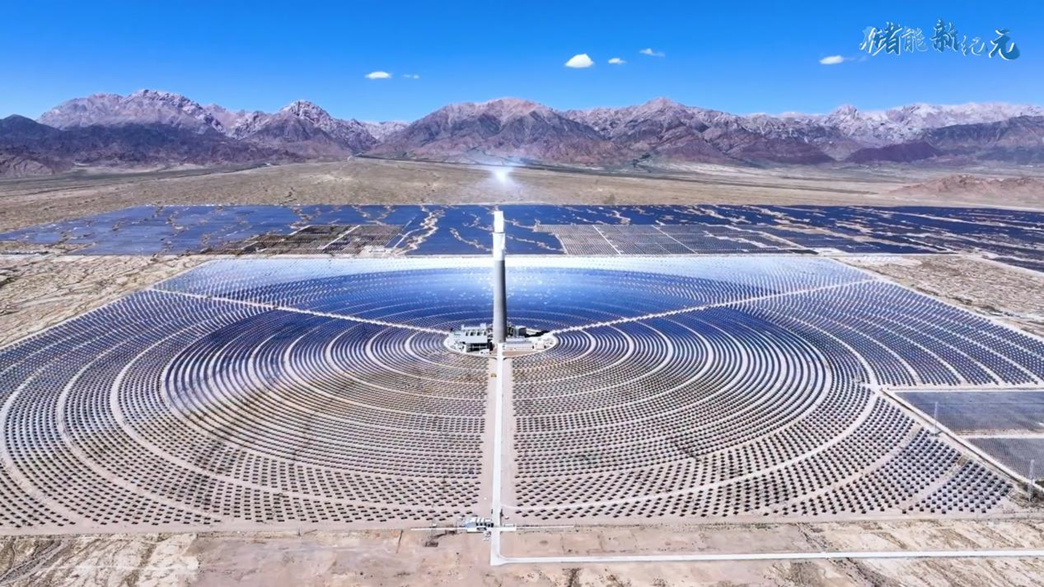
As the heliostats in Delingha once again rotate towards the rising sun, they reflect not only the brilliant light on the Gobi Desert but also the unwavering belief in China's energy transition journey. From the initial "creation from nothing" during policy breakthroughs to the subsequent "growth from strength" after the implementation of demonstration projects, China's solar thermal power generation, with coupled energy storage technology as the key, is unlocking the balance code for "safety - green - economy" in energy.
Chasing the light, growing towards greenness. Guided by the "dual carbon" goals, the story of China's solar thermal power generation is not only a pioneering history of technological breakthroughs and innovation but also a new chapter in the harmonious coexistence of civilization and energy. The future is here. As more "Delingha Models" take root and grow across the vast land, humanity's eternal pursuit of clean energy will ultimately shine brighter on the Eastern land.
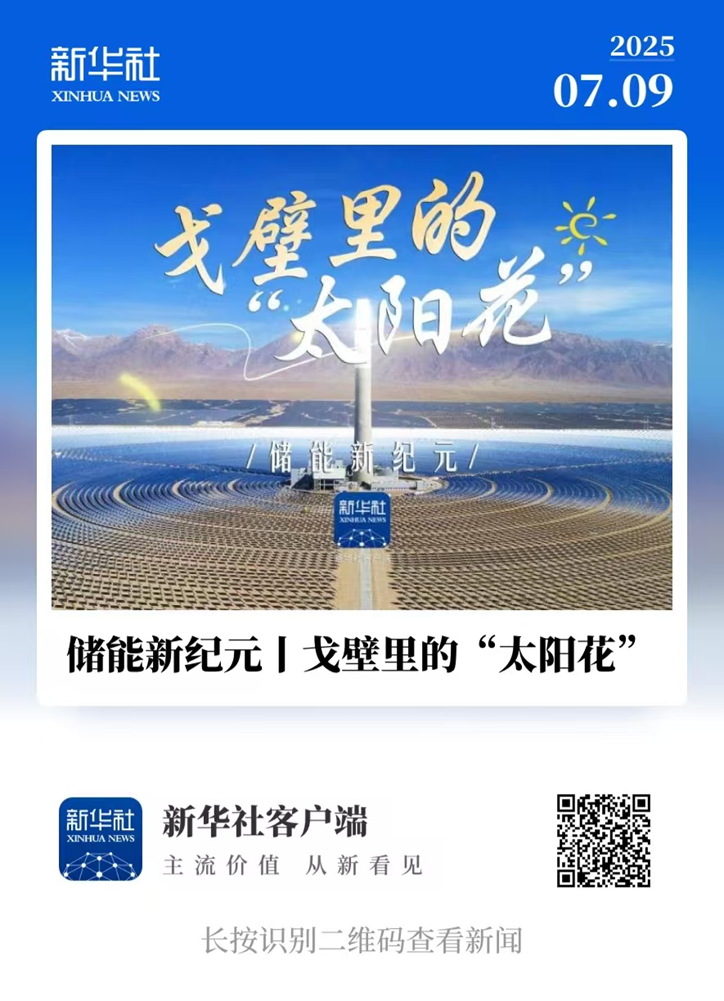
For queries, please contact Lemon Zhao at lemonzhao@smm.cn
For more information on how to access our research reports, please email service.en@smm.cn